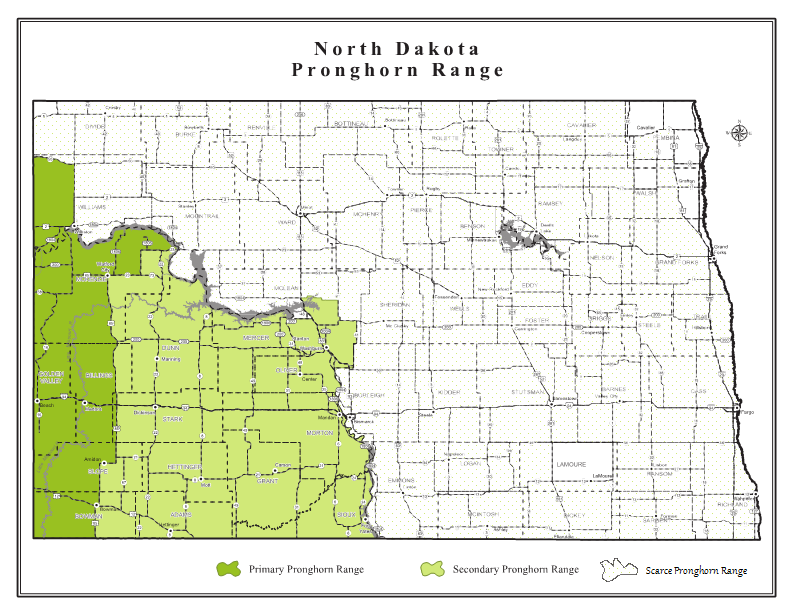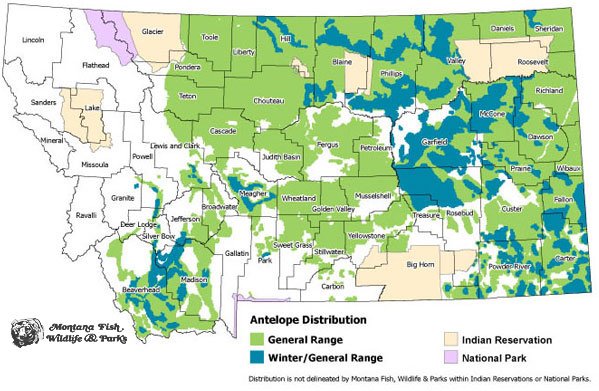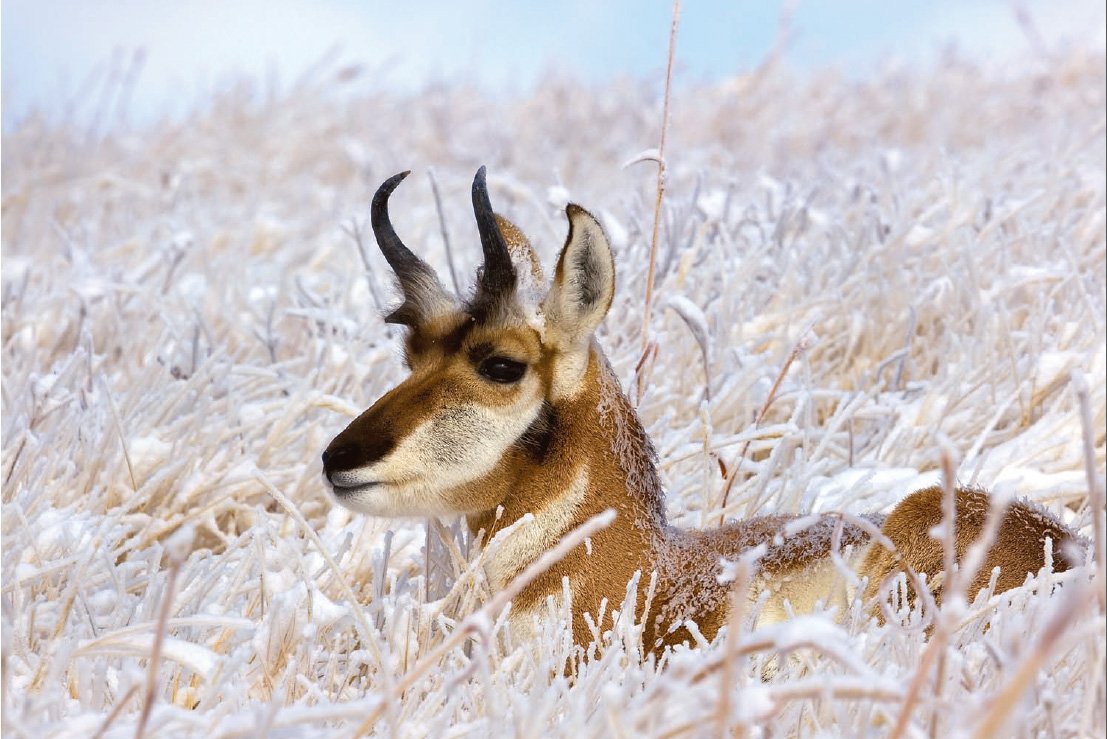|
| Pronghorn - Evolution and History The pronghorn antelope that we know today are a sole survivor from a family that actually used to consist of many unique species. Antilocapridae was once divided into two subfamilies, the Merycodontinae and the Antilocaprinae. Merycodontinae became extinct towards the end of the Miocene era. In the late Miocene, the Antilocaprinae appeare and persist to this day with our one remaining species, the Antelocapra americana. The main difference in the ancestors of the pronghorn antelope of today was horn structure. Some had more tines, almost like deer, and some had different tips to their horns. As the antelope were evolving one of the main pressures which made them what they are today was the predators that they lived with. Antelope are amazing runners. They are able to reach speeds of up to 70 miles per hour. They are considered the fastest land mammal in North America. The reason that they run this fast is that they used to live among a different set of predators than they currently have. A cheetah used to live in the United States, but it is now extinct. In order to evade these fast predators, pronghorns evolved to be able to sustain speeds that were both faster than those of the cheetah, and they were able to sustain such speeds for a longer amount of time. Pronghorn also live in areas where there is not much cover around. The flat grasslands do not give them much of a chance to hide. Because there is not much in their habitat to restrict their line of vision, the established an amazing sense of vision. They have nearly 360 vision and can see as well as a person using 8x binoculars. Their amazing vision combined with their other keen senses of hearing and smell, make them difficult to sneak up on. If they do find themselves in a situation where they are too close to a predator they can simply use their speedy legs to get them out of danger. |  |  |
|
 |
|
|
|
|
|
|
|
|
|
|
|
|
|
|







